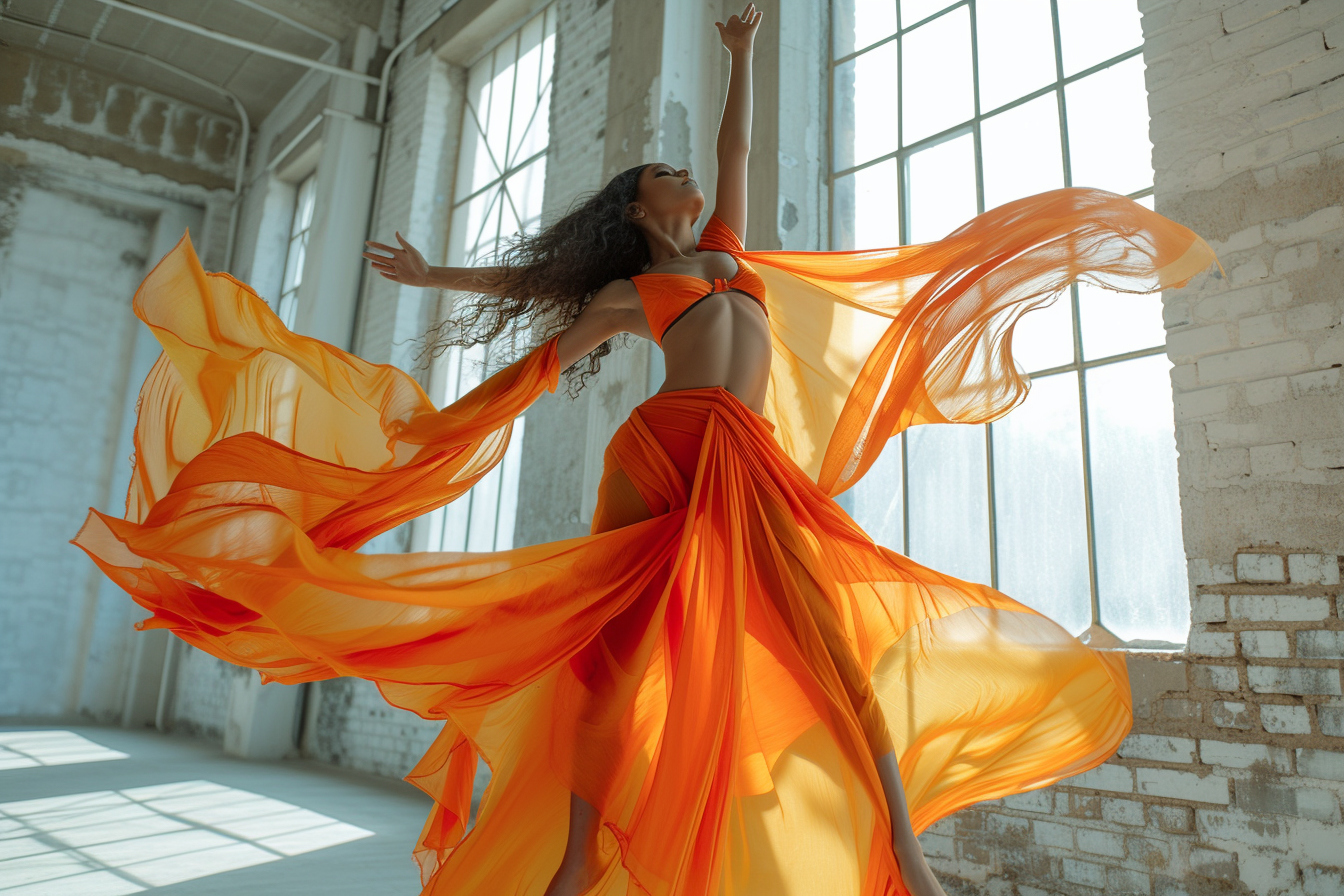Aerial dance is a beautiful fusion of art and athleticism, offering a unique way for individuals to express themselves while suspended in air. The combination of dance and acrobatics requires not just grace and strength, but also an unwavering commitment to safety and continuous learning. This step-by-step tutorial presents invaluable tips for anyone embarking on their aerial dance journey.
Understanding the basics of aerial dance
Before diving into this exhilarating art form, it’s vital to grasp its fundamentals. Aerial dance incorporates various apparatuses such as silks, hoops, trapezes, and ropes. Each apparatus demands a different skill set, and understanding the nuances of each can guide novices in selecting their preferred style.
Research the Different Apparatuses: Aim to familiarize yourself with the characteristics of various aerial equipment. Watching performances and tutorials can provide insight into which apparatus resonates with you.
Safety First: Embracing safety as a core principle cannot be overstated. Proper equipment maintenance and understanding safety protocols are non-negotiable aspects of aerial dance.
Preparing your body and mind
Embarking on aerial dance is not merely about the techniques but also preparing oneself both physically and mentally. Aerial arts demand significant strength, flexibility, and mental concentration.
Physical Conditioning: Engaging in a regular workout routine that includes strength training, cardio, and flexibility exercises will greatly benefit your aerial practice.
Mental Preparation: Aerial dance is as much a mental game as a physical one. Techniques like visualization and meditation can enhance focus and performance.
Hydration and Nutrition: A balanced diet coupled with ample hydration supports the energy requirements and recovery necessary for aerial training sessions.
Finding the right instruction and community
The journey into aerial dance thrives with the support of experienced instructors and a nurturing community.
Seek Out Qualified Instructors: Invest in lessons with professional teachers who are well-versed in aerial techniques and safety measures.
Building a Community: Surrounding yourself with fellow aerialists can offer inspiration, assistance, and camaraderie. Engaging in workshops and forums can foster a sense of community and shared learning.
Beginning with aerial dance techniques
Familiarizing yourself with basic aerial holds, grips, and poses is crucial in building a solid foundation.
Start Small: Begin with simple climbs and foot locks. Patience in mastering these rudiments will pay off as more complex skills are introduced.
Consistent Practice: Regular practice is key to progress in aerial dance. Establish a consistent schedule to build and maintain your skills.
Listen to Your Body: Pay close attention to your body’s responses during training. Recognizing limits and allowing for rest and recovery is critical to long-term development.
Perfecting aerial techniques and developing your style
As your skills evolve, the focus shifts to perfecting techniques and infusing personal flair into your routines.
Advanced Skills: With a secure grasp of the fundamentals, you can safely explore more intricate wraps, drops, and sequences.
Choreography and Creativity: Experimenting with choreography allows you to express your individuality. Integrating music, emotion, and storytelling can transform your aerial dance into a mesmerizing performance.
Technical Precision: Strive for precision and grace. Smooth transitions and controlled movements are the marks of an experienced aerialist.
Feedback and Critique: Seeking constructive criticism from instructors and peers is invaluable. Objective feedback can guide your practice and performance enhancements.
Mastering aerial dance performance
The ultimate expression of aerial dance lies in performance, where technique, creativity, and expression culminate.
Overcoming Stage Fright: Performing can be daunting. Developing confidence through smaller showcases can prepare you for larger audiences.
Costume and Theming: Selecting appropriate attire that complements your performance while ensuring safety and mobility is essential. Likewise, theming can add depth and context to your aerial routine.
Audience Engagement: Crafting performances that resonate with your audience is an art in itself. Employing expressive movements and facial expressions can bridge the connection with spectators.
Ongoing learning and exploration
The world of aerial dance is ever-evolving, with new techniques and styles continually emerging. Maintaining an open mind for lifelong learning is crucial.
Workshops and Continuing Education: Participating in workshops and classes beyond your regular training can introduce you to fresh perspectives and methods.
Cross-Training: Exploring other movement disciplines like dance, yoga, or gymnastics can complement and enhance your aerial skills.
Innovation: Challenge yourself to push boundaries and innovate within the aerial arts. Developing novel moves or fusing aerial techniques with other art forms can be groundbreaking in your dance evolution.
Aerial dance is an extraordinary journey that intertwines the physical with the artistic, creating a mesmerizing spectacle. By following the steps outlined in this tutorial and dedicating oneself to the discipline, aerialists can soar to new heights. Whether a beginner or an advanced practitioner, the key to flourishing in aerial dance lies in a combination of safe practice, consistent training, and a splash of creativity. As you progress, remember that every flight is a chance to discover something remarkable about aerial dance and, more importantly, about yourself.

Leave a Reply